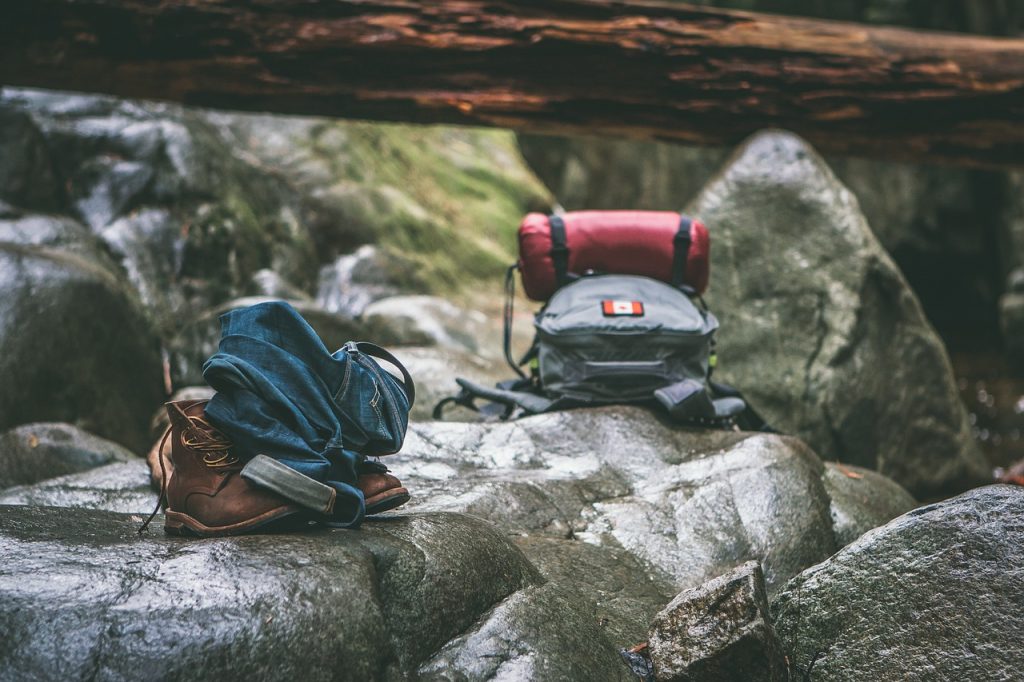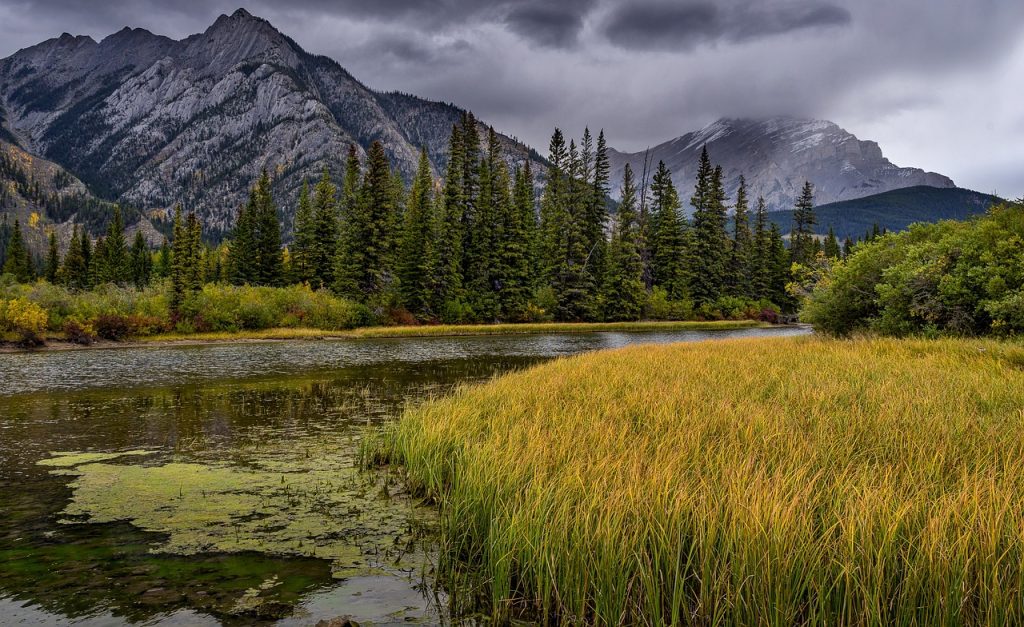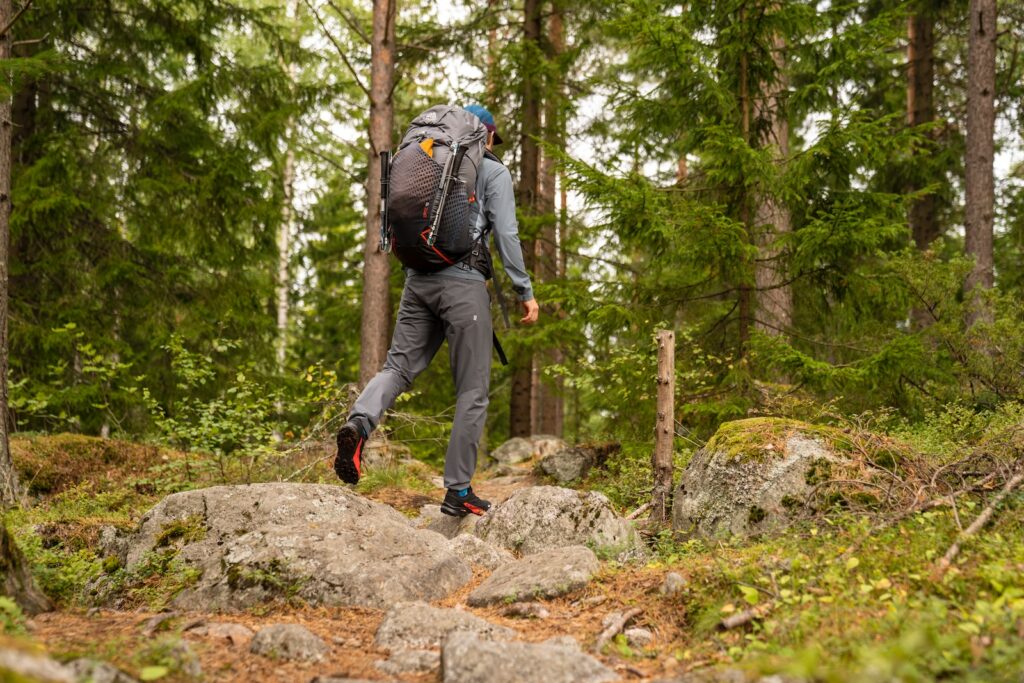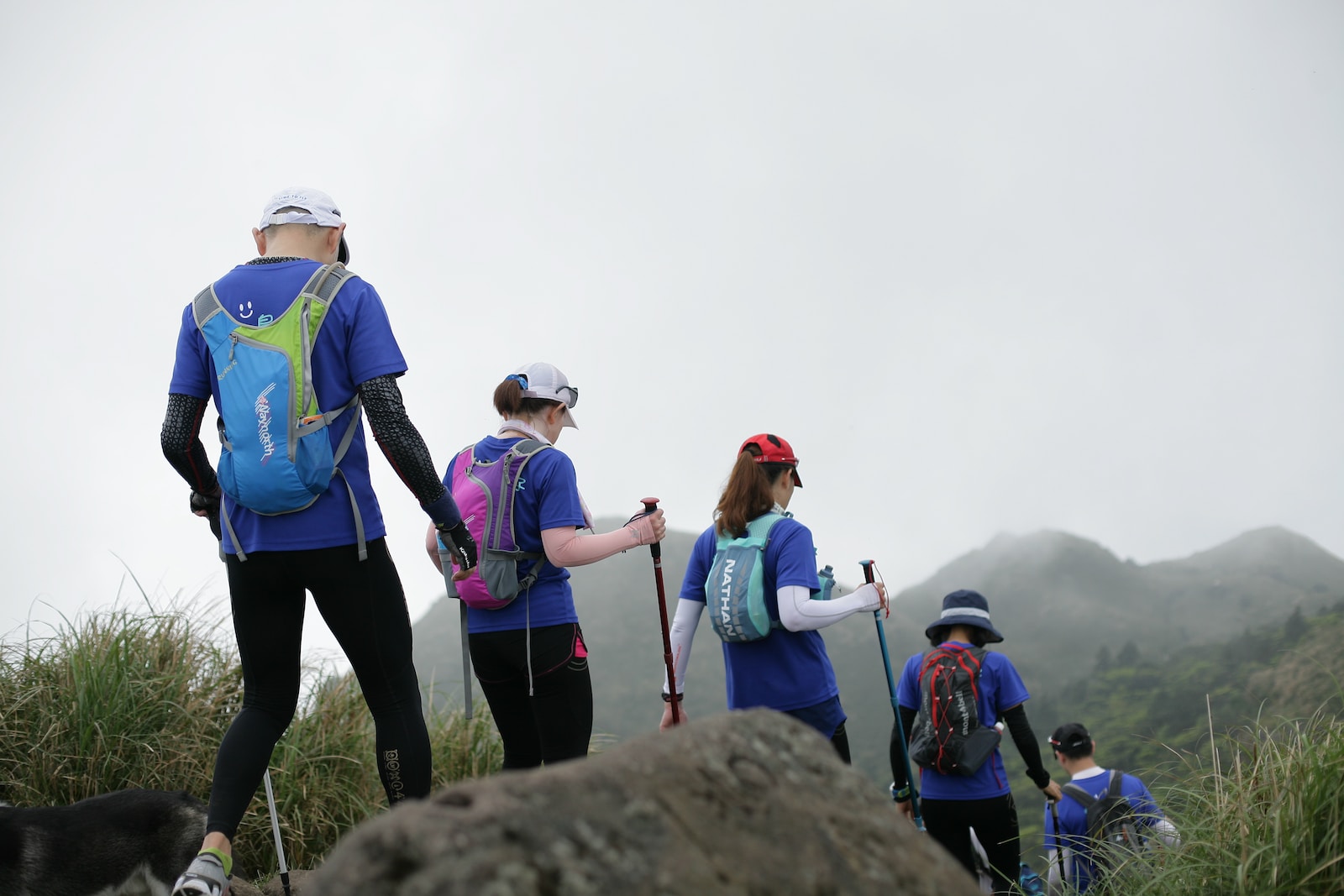

Stay Safe: Tips for Avoiding Snakes on Hiking Trails
Are you a nature enthusiast with a passion for hiking? Picture this: the sun warming your skin, birds singing in harmony, and fresh air filling your lungs as you embark on a thrilling adventure along beautiful hiking trails. But wait! Don’t let an unexpected encounter with slithering creatures dampen the experience. Join us today as we reveal some valuable tips to ensure you stay safe from snakes while exploring nature’s wonders.
Whether you’re an experienced hiker or just starting out, these expert-approved strategies will leave snakes hissing at their own misfortune while you continue to conquer breathtaking trails unscathed. Get ready to hike smarter and fear less – because there’s nothing quite like enjoying the great outdoors without worrying about serpentine surprises!
- Introduction to Snakes in the Wild
- Identifying Different Species of Snakes
- Precautionary Measures to Take When Hiking
- Common Signs of Snake Activity
- What To Do If You See a Snake on the Trail
- Tips For Keeping Your Distance From Snakes
- Appropriate Actions if Bitten By a Snake
- What Types of Snakes are Found on Hiking Trails?
- How to Identify and Avoid Poisonous Snakes
Introduction to Snakes in the Wild
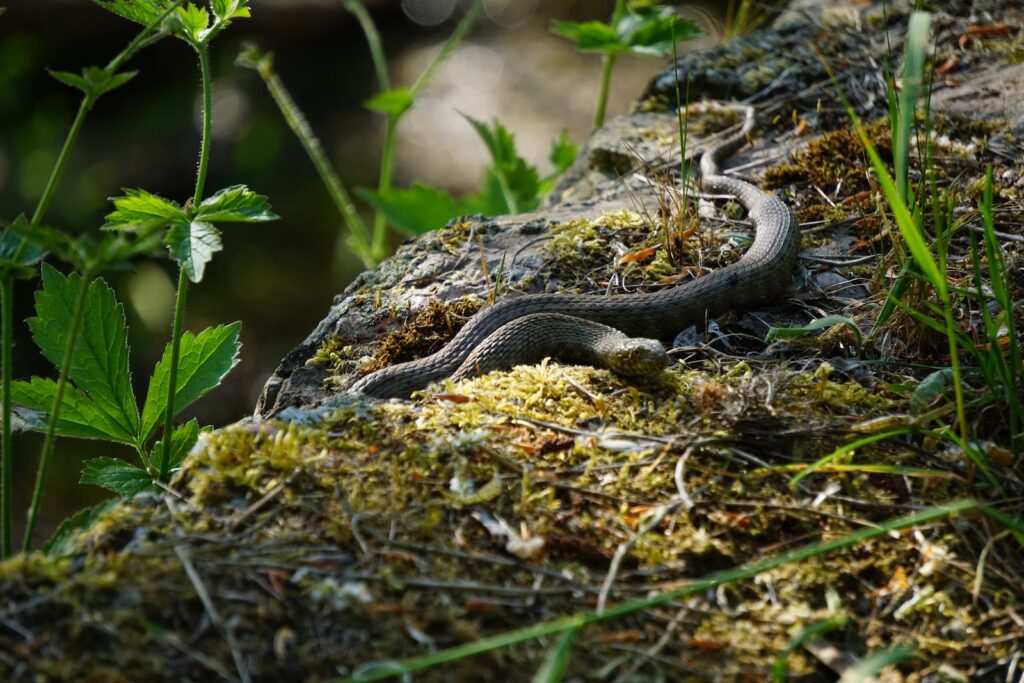
If you’re lucky, you’ll never encounter a snake in the wild. But if you’re hiking in an area where snakes are known to live, it’s important to be prepared.
Here are some tips for avoiding snakes on hiking trails:
1] Be aware of your surroundings. If you see a snake, give it a wide berth and don’t go near it.
2] Wear long pants and closed-toe shoes when hiking in areas where snakes are common. This will help protect you if you do come into contact with a snake.
3] Avoid hiking alone in snake territory. If you have a friend with you, they can keep an eye out for snakes while you focus on the trail ahead.
4] Don’t hike at night. Snakes are more active at night, so it’s best to avoid hiking during these hours.
5] If you do see a snake, stay calm and carefully back away from it. Do not try to capture or kill the snake – this is dangerous and could result in injury or death.
Identifying Different Species of Snakes
There are many different species of snakes, and some are more dangerous than others. It is important to be able to identify different species of snakes so that you can avoid them while hiking.
Some common types of snakes include the rattlesnake, copperhead, cottonmouth, and coral snake. These snakes are all venomous and can cause serious injury or death if they bite you. If you see any of these snakes while hiking, it is best to stay away from them and continue on your hike.
Other types of snakes that are not poisonous include the garter snake, milk snake, and king snake. These snakes are not harmful to humans and can actually be beneficial because they eat rodents that can damage crops or spread diseases. If you see one of these snakes while hiking, there is no need to be afraid of them.
Precautionary Measures to Take When Hiking
When hiking in snake country, it is important to take precautions to avoid being bitten. Wearing long pants and closed-toe shoes will help protect your legs and feet from being bitten. Avoiding tall grass, rocky areas, and logs will also help keep you safe from snakes. If you see a snake on the trail, give it a wide berth and do not try to capture it.
Common Signs of Snake Activity
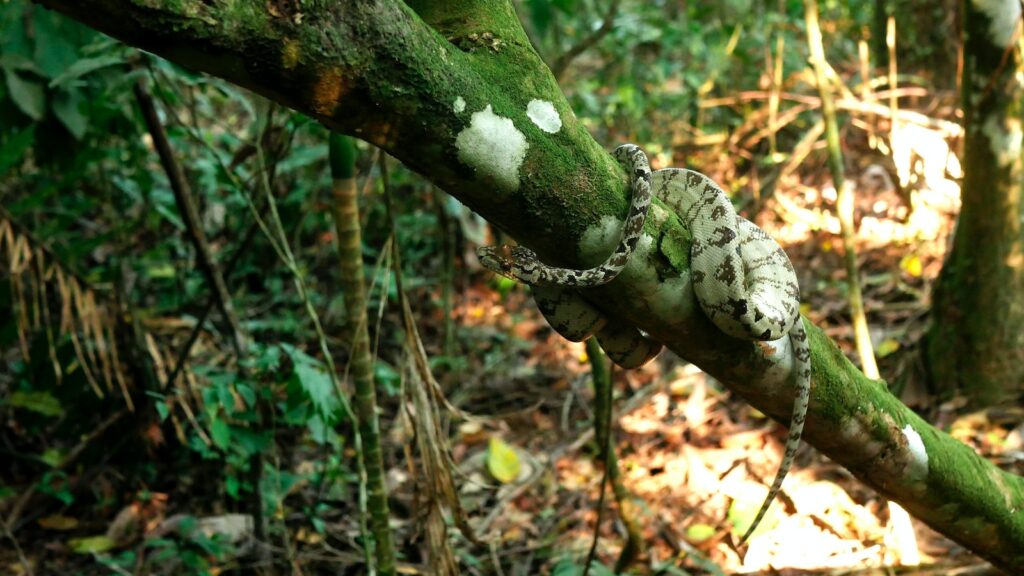
If you’re hiking in an area where snakes are known to live, it’s important to be on the lookout for signs of their activity.
Here are some common signs to watch out for:
1] Slither marks: If you see long, slender marks in the dust or dirt, they were likely made by a snake as it slithered along.
2] Skin shedding: Snakes regularly shed their skin, so you may find pieces of Shedding near areas where they frequent.
3] Tracks: Like many animals, snakes leave tracks as they move around. These can be helpful in identifying the type of snake that was in the area.
4] Dead prey: If you see dead rodents or other small animals near a potential snake den or hibernation site, it’s likely that snakes are present.
What To Do If You See a Snake on the Trail
If you see a snake on the trail, it is important to stay calm and avoid making any sudden movements. Slowly back away from the snake and give it a wide berth. If the snake is blocking the trail, wait for it to move off on its own or find another way around. Do not try to pick up or kill the snake.
Tips For Keeping Your Distance From Snakes
1] Be aware of your surroundings and where you step when hiking in snake territory.
2] If you see a snake, give it a wide berth and do not try to catch or kill it.
3] If you must cross a path where a snake has been recently seen, use a long stick to prod the area ahead of you before proceeding.
4] Never try to handle or move a snake, even if it appears dead.
Appropriate Actions if Bitten By a Snake
If you’re lucky enough to encounter a snake while hiking, the best thing to do is give it a wide berth and move away slowly. However, if you are bitten by a snake, there are some things you should do:
1] Stay calm. It’s important to keep your heart rate down so that the venom doesn’t spread through your body too quickly.
2] Remove any constricting clothing or jewelry from the area of the bite. This will help to prevent the venom from spreading.
3] Clean the wound with soap and water and apply a sterile dressing if possible.
4] Immobilize the affected limb with a splint or bandage if possible and keep it below heart level to help slow the spread of venom.
5] Call for medical help immediately and give them as much information as possible about the incident, such as what kind of snake it was and how long ago you were bitten .
6] If possible, take a picture of the snake so that medical professionals can identify it and determine the best treatment plan.
What Types of Snakes are Found on Hiking Trails?
There are four main types of snakes found on hiking trails in North America: rattlesnakes, cottonmouths, copperheads, and coral snakes. All four of these snakes are venomous, so it is important to be able to identify them.
Rattlesnakes are the largest of the four types of snakes and can grow up to eight feet long. They are usually brown or gray in color with a diamond-shaped pattern on their backs. Rattlesnakes have a rattle at the end of their tails that they shake when they feel threatened.
Cottonmouths get their name from the white lining of their mouths, which is visible when they open their mouths wide. Cottonmouths are also called water moccasins and can grow up to six feet long. They are dark brown or black in color with a darker band running down the middle of their backs. Cottonmouths live near water and often swim underwater.
Copperheads are smaller than rattlesnakes and cottonmouths, only growing up to three feet long. They get their name from the copper-colored bands on their bodies. Copperheads are usually brown or reddish-brown in color with dark bands running down the sides of their bodies.
Coral snakes are the smallest of the four types of snakes, only growing up to two feet long. They have bright red, yellow, and black bands running around their bodies. Coral snakes can be distinguished from non-venomous snakes by their red bands always touching yellow.
How to Identify and Avoid Poisonous Snakes
Whenever you’re hiking in an area with snakes, it’s important to be able to identify the signs of a poisonous snake.
Here are some tips:
- Pay attention to the color of the snake. Poisonous snakes tend to be brightly colored, while non-poisonous snakes are usually duller in color.
- Look at the shape of the head. Poisonous snakes often have triangular heads, while non-poisonous snakes have rounder heads.
- Notice the size of the pupils. Poisonous snakes usually have vertical pupils, while non-poisonous snakes have round pupils.
If you see a snake that you think might be poisonous, it’s important to avoid it.
Here are some tips:
- Don’t try to catch or kill the snake. This is very dangerous and should only be done by trained professionals.
- Keep your distance from the snake and let it go on its way.
- If you must cross an area where a poisonous snake might be present, do so quickly and without making any noise.
Conclusion
Hiking in snake country can be thrilling, and safe if you know what to do. Keep your guard up by being aware of where snakes are most likely to be found on the trail and how to spot them. Before venturing into unknown terrain, familiarize yourself with local snake species as well as tips for safely avoiding contact with them. With a little knowledge and caution, you can enjoy hours of serpent-free pleasure out in nature any time of year!

